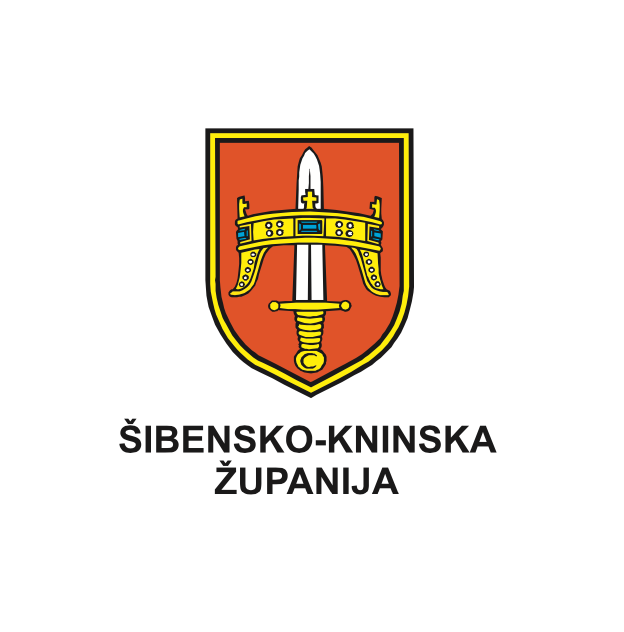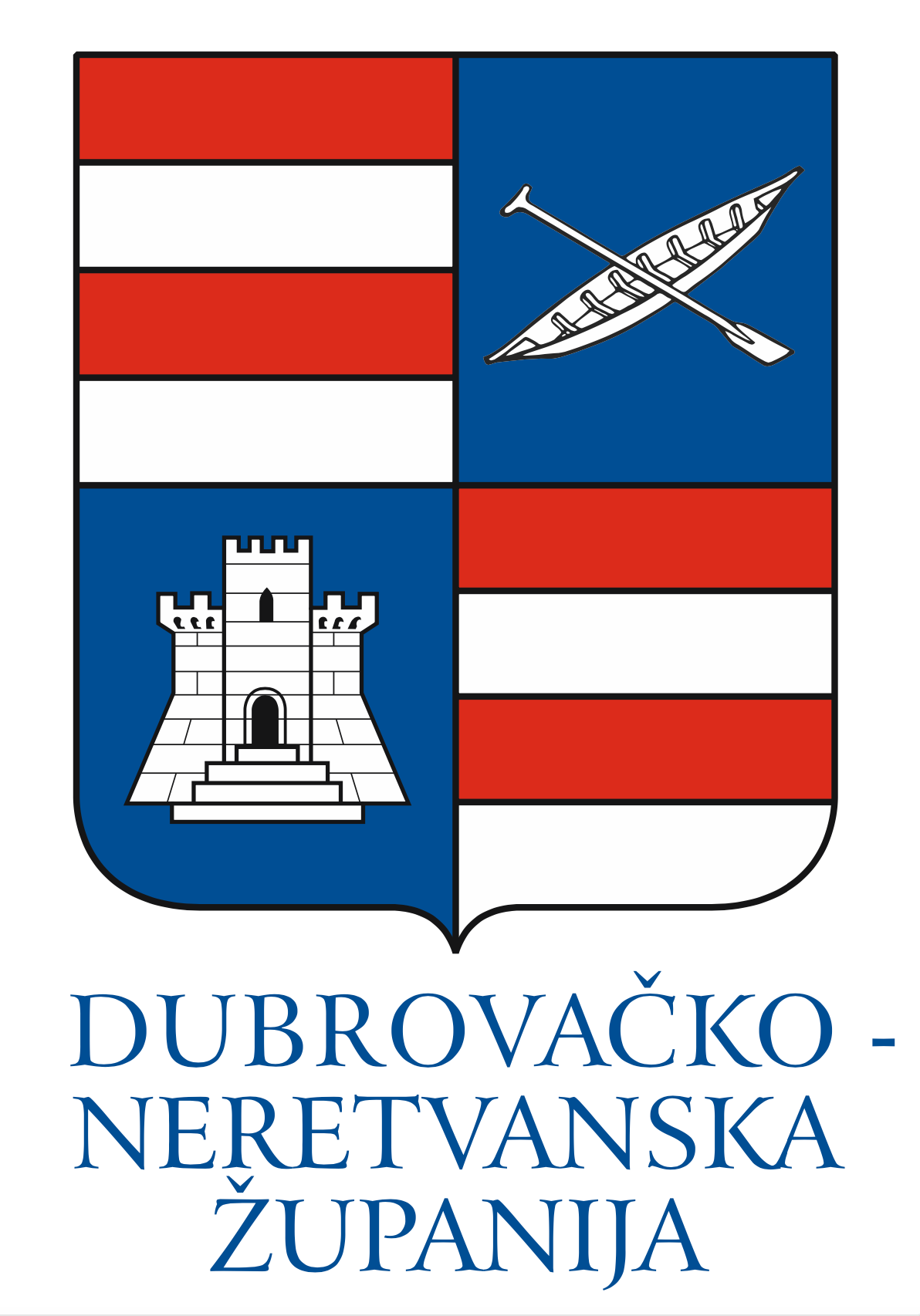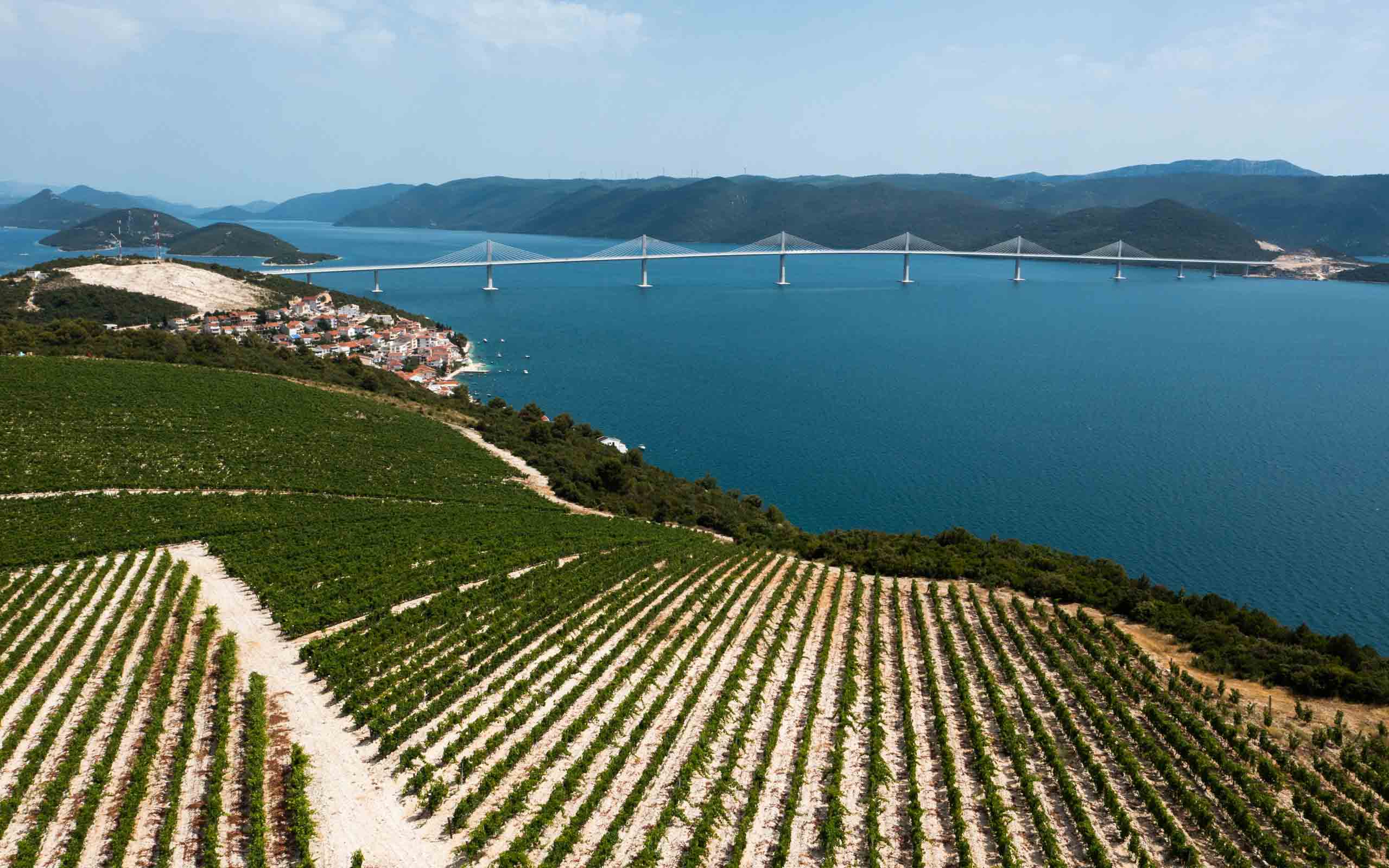

2024 Host: Split, Dalmatia
Dalmatia, the hidden jewel in the Adriatic’s crown
The wine region of Dalmatia, located on Croatia’s Adriatic coast, has been selected by the Concours Mondial de Bruxelles to host the tasting session for rosé wines. The tastings will take place from 20 to 22 March in the town of Split.
From 20 to 22 March
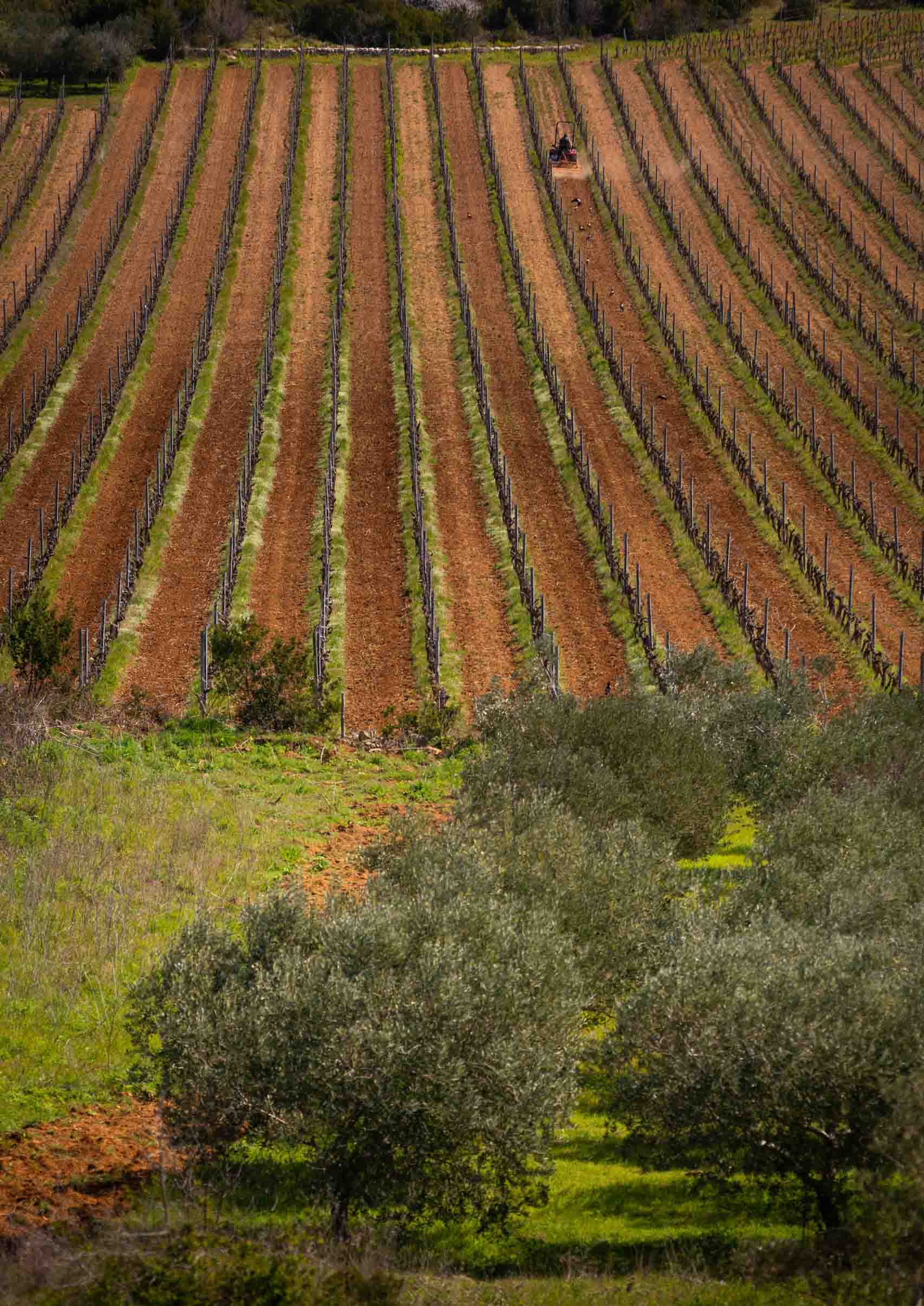
Dalmatia
Formerly an integral part of the Roman Empire, Dalmatia boasts unique vineyard sites defined by their limestone soils and ideal exposure to the Mediterranean sunshine. Native grape varieties such as Plavac Mali and Posip lend Dalmatian wines true character. The red wines, made from Plavac Mali, offer seductively profound aromas of red fruits and spices, whilst the whites, made from Posip, deliver charming freshness and floral characters.

Wine tourism
Family-run wineries that are passed down through the generations perpetuate ancient winegrowing traditions that combine time-honoured expertise and modern winemaking techniques. The region has long become a real magnet for tourists and the region’s wineries have leveraged this by offering unique wine tourism experiences where visitors can taste outstanding wines whilst enjoying unspoilt views out over the Adriatic Sea.
Lively wine festivals are hosted all year round, celebrating the variety of local wines and showcasing the warm hospitality of the local people. The wine region of Dalmatia combines picturesque vineyards, unspoilt villages and ancient winegrowing traditions, making it a must-visit destination for all wine enthusiasts looking for authenticity and new gourmet finds.
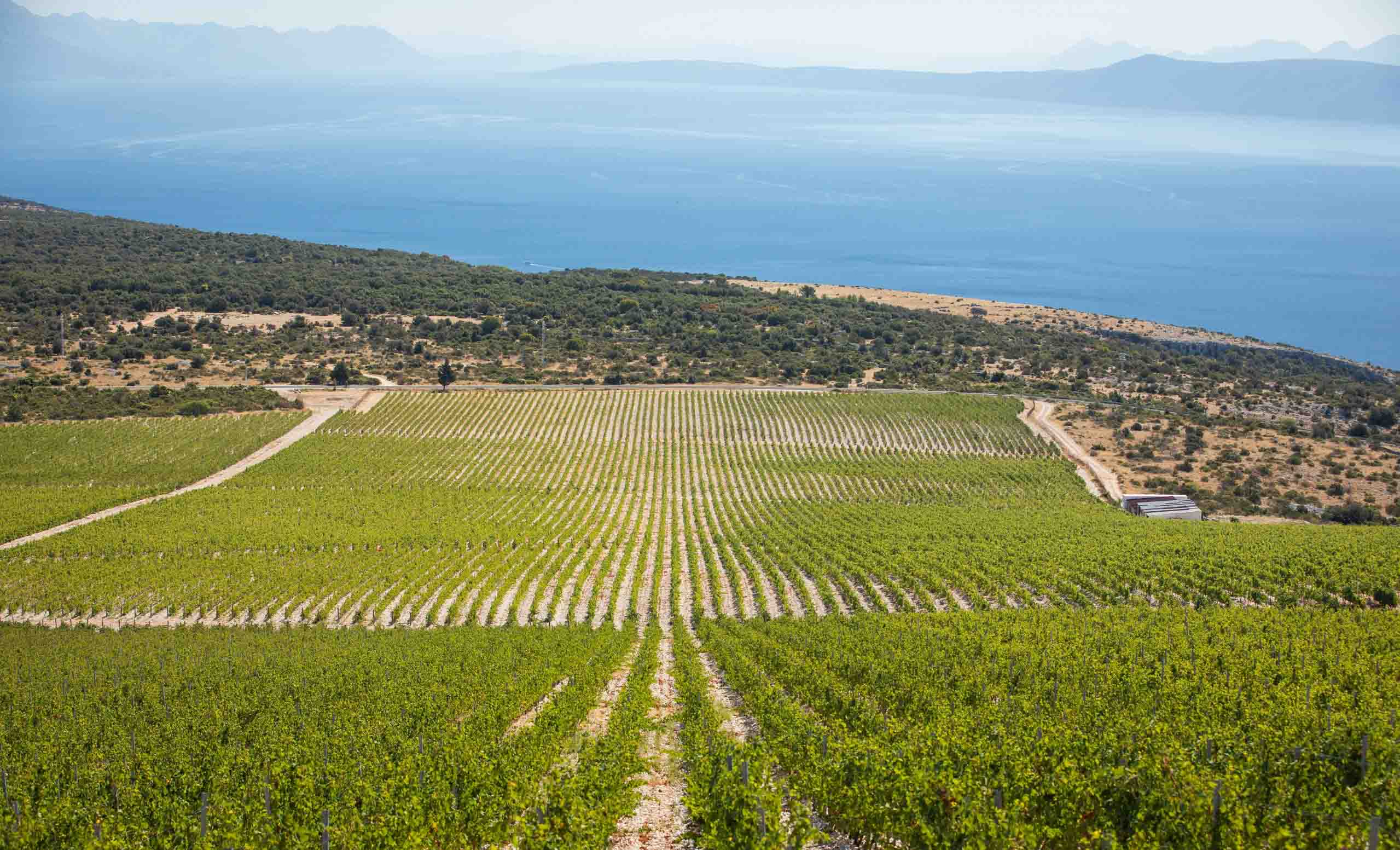
Ancient vineyards
The wine region of Dalmatia is located in southern Croatia. For over two thousand five hundred years, wine has been produced on the island of Hvar and in the wine region of Dalmatia. The area is home to the oldest continually farmed vineyards in the world like Stari Grad Plain, a UNESCO World Heritage site. Other parts of the Dalmatian wine region, such as the island of Vis and Peljesac peninsula, have also grown vines for centuries. Here, native varieties are virtually the only cultivars grown and are used to make unique wines. Several appellations (PDOs) in the wine region of Dalmatia are recognised nationally.
The most commonly grown native grape varieties in the Dalmatian wine region are Plavac Mali, Posip, Kujundzusa, Plvina, Marastina, Bogdanusa and Debit. Vineyards in Dalmatia are generally surrounded by stone walls. The walls are part of the unique architectural landscape of the region and viewed as local monuments. They are also a testament to man’s handiwork in the region spanning thousands of years. One of the region’s most iconic locations is the terraced vineyards in Primosten. The stony, inaccessible terrain was turned into farm land through sheer hard human labour, without the use of machines.

Le Sauvignon Blanc et le Steiermark
Fascinating Split
Nestled along the Adriatic coast, the town is dominated by the Diocletian Palace built in the 3rd century, which is listed as a UNESCO World Heritage site. The busy city centre streets are lined with picturesque boutiques, outdoor cafés and restaurants serving delicious local cuisine. The seafront offers breath-taking views over the clear blue waters of the Adriatic Sea, inviting visitors to stroll along the busy Riva promenade.
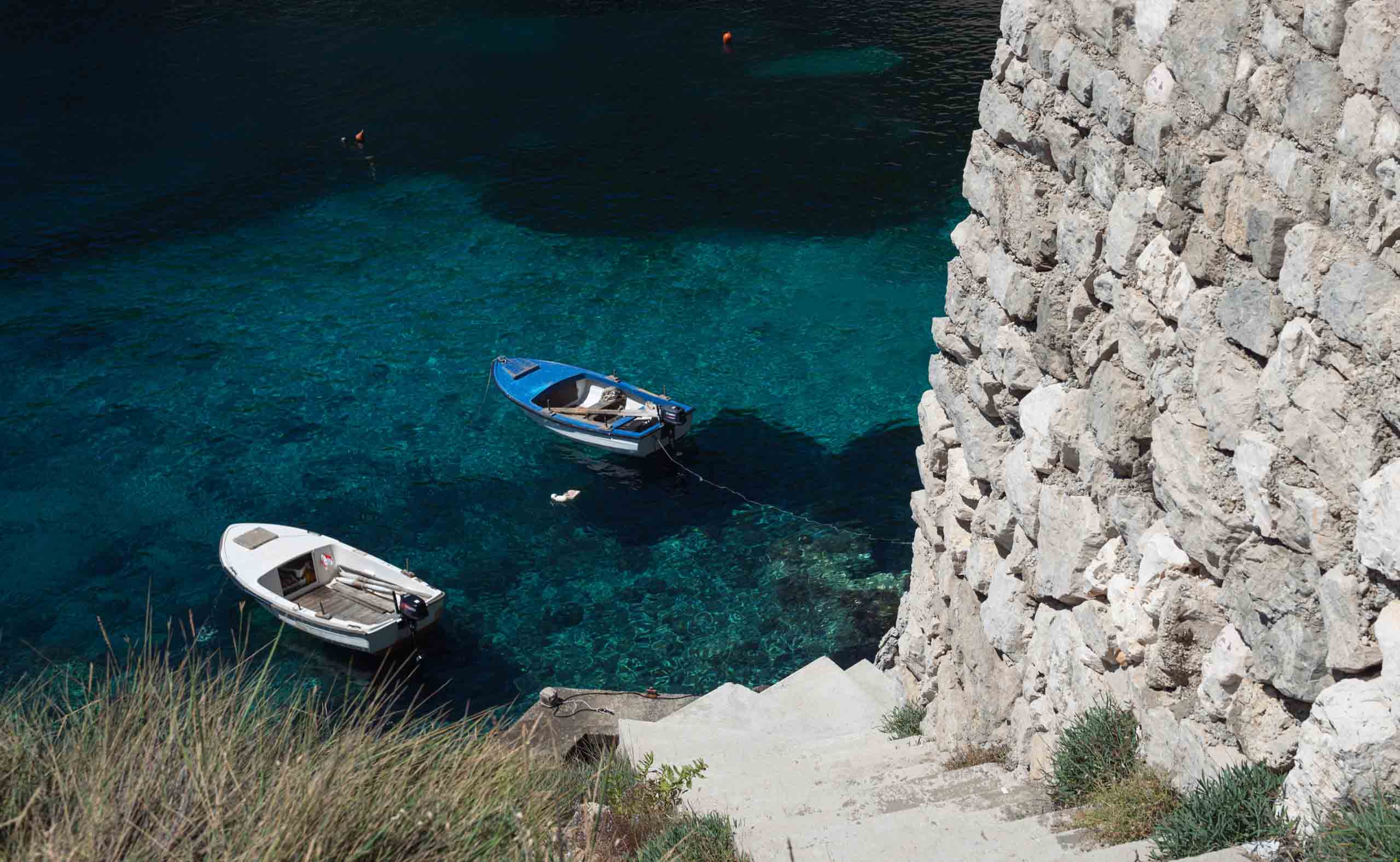

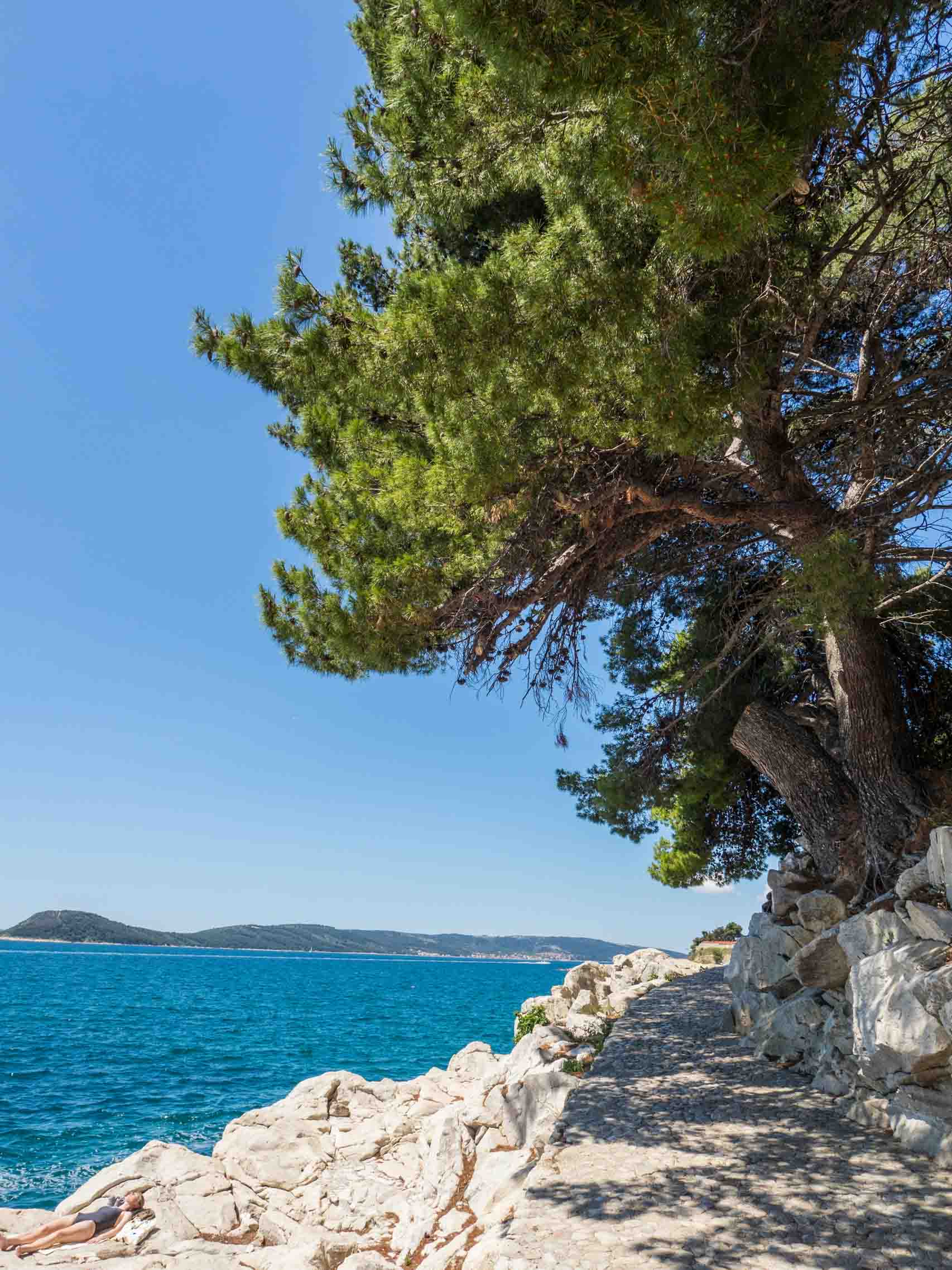
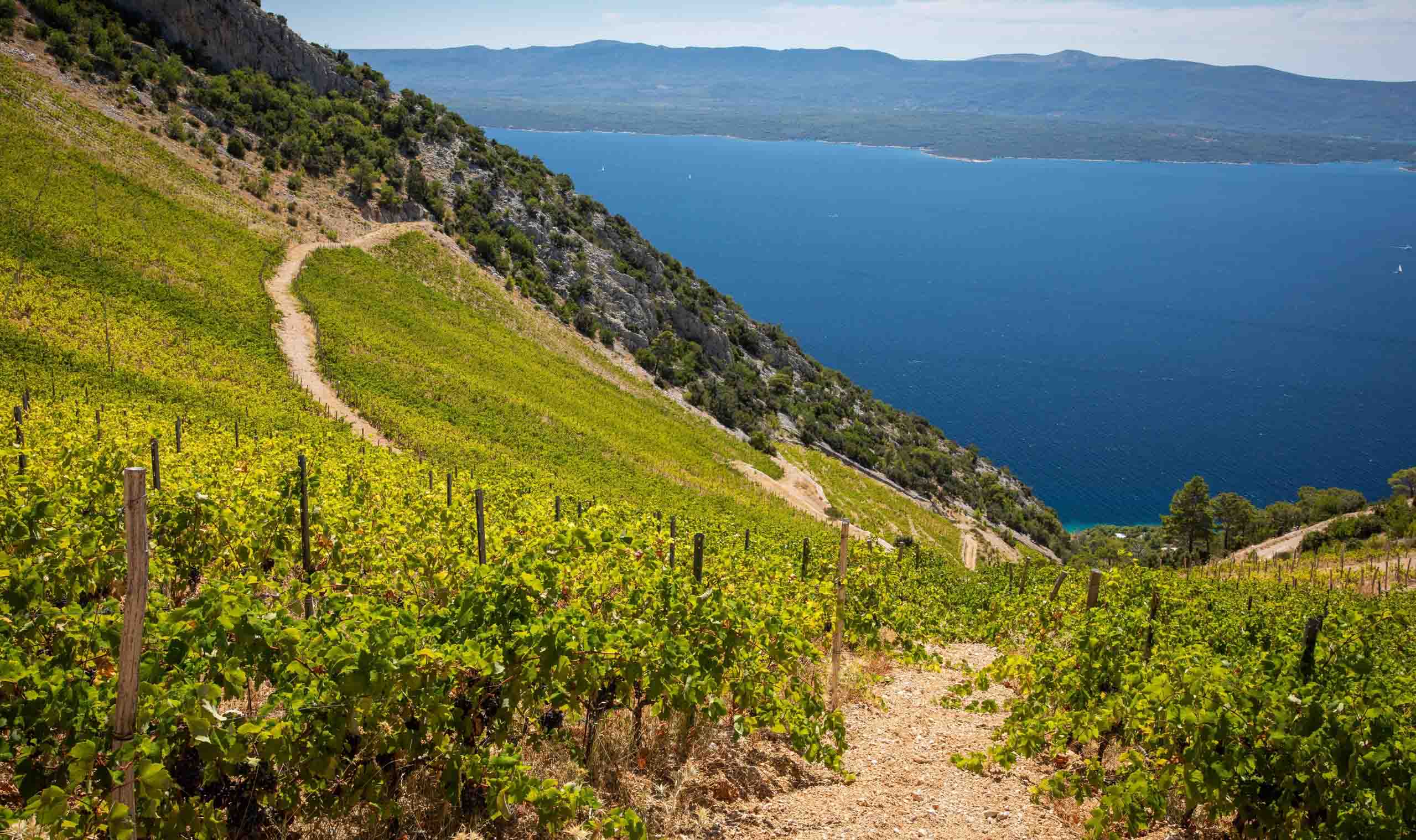
Roman remains live harmoniously alongside the relaxed Mediterranean atmosphere. The local markets and bustling squares illustrate the vitality of everyday life in Split. The coastal city offers a seamless fusion of tradition and modernity, with fascinating discoveries to be made around every street corner.
The wine tastings will be held from 20 to 22 March 2024.



